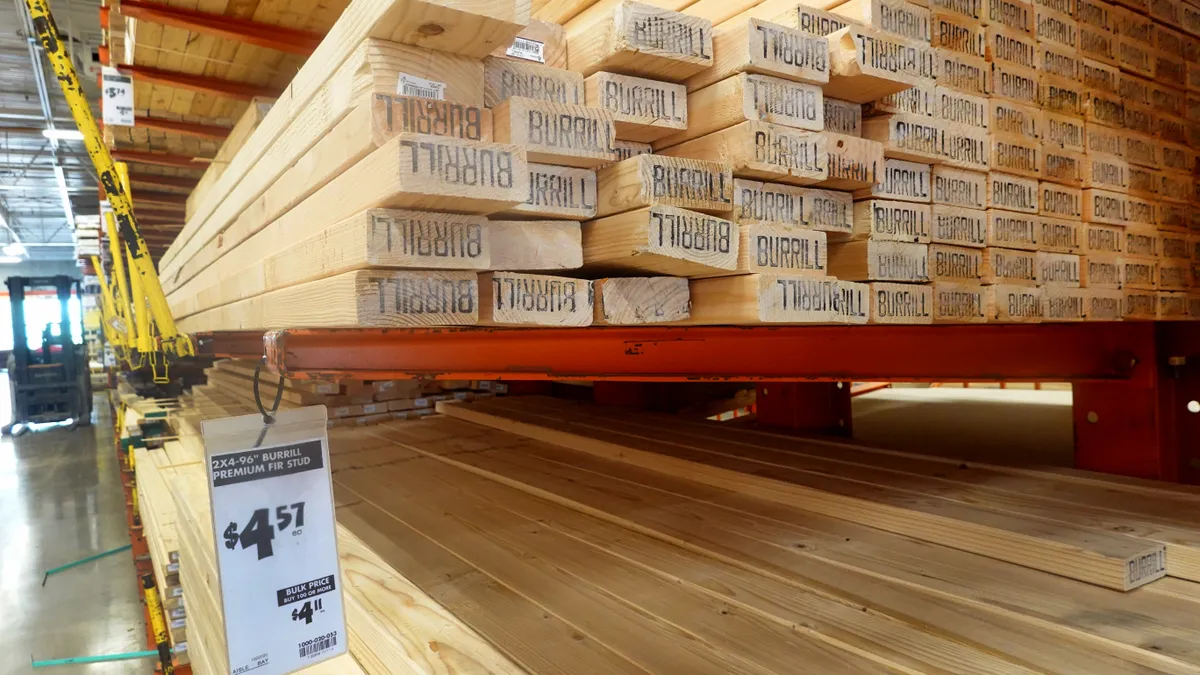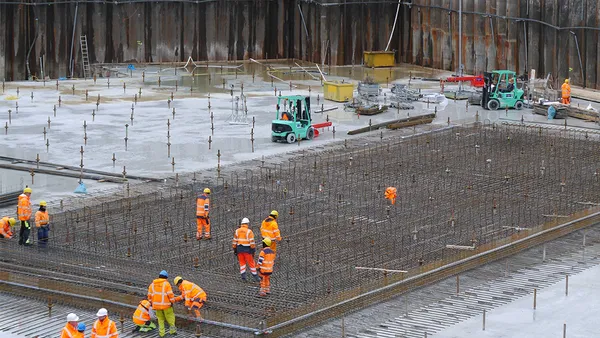After spending 30 years in the software business, Greg Mills was seeking a new challenge. That’s why two years ago, he acquired a brass and metal-fixtures manufacturer near Phoenix and renamed it M3 metals. He’s spent the majority of that time seeking ways to modernize and streamline the company, so it can find new customers in the increasingly competitive construction industry.
He isn’t alone. In fact, 34 percent of construction companies said their biggest challenge in their first through fourth years in business was finding new customers, according to a Kabbage® study. That’s more than the 30 percent combined who said they were most concerned with managing cash flow, dealing with regulations, and finding and retaining employees.
For Mills, one key to growth was learning how to make strong bids on new projects. “As a subcontractor on a larger job, it’s up to us to go through the blueprints and drawings, figure out if it’s in our sweet spot to bid on, and then work up an estimate,” Mills says. “Sometimes we don’t get a lot of feedback, so we need to be as proactive as possible.”
We talked to Kabbage® customers about their tricks for making their bids stand out. Here’s some of their advice:
Make sure you’re in the system.
With a growing number of large construction companies using automated systems to manage suppliers, if you aren’t an approved vendor with an approved profile, you’re already too hard to work with.
Soon after Mills took over M3 Metals, he started calling around to make sure his company was pre-qualified with the companies that they’d worked with over the years. Approved vendor status often expires after a couple of years.
Rather than waiting for a potential project, if the paperwork needed updating, Mills filled it out online, and started “working the process” to make sure he was in position to bid immediately when opportunities arise.
“It’s part of raising the overall level of professionalism within the company,” Mills says. “You’ve got to embrace technology because that’s how the big contractors we work with do things nowadays.”
Get on the right lists.
When Diana Lewis and her husband, Jamie, started their Jacksonville, Florida-based erosion control company, they relied on personal connections for their first jobs. But Lewis realized that, as a woman business owner, she could apply to the state for what’s known as DBE (disadvantaged business) certification.
Because companies are required to offer a certain percentage of their work to DBEs, Lewis’s company could get a leg up on certain jobs. She also signed them up for a similar program for small and emerging businesses within the city of Jacksonville.
“Those things have really helped us get established,” she says.
Trust your research.
Ask Staten Island, New York contractor John Montijo about the estimate he’s most proud of, and he’ll tell you about a job he didn’t get.
Recently, Montijo was asked to bid on the renovation of a bank in Brooklyn. He sent out his plan to an electrician, a plumber, an HVAC specialist, and a steel fabricator, among others, and he calculated what he imagined he might need to acquire permits and take care of miscellaneous expenses. Then he added in his margins and calculated the total cost.
“I thought maybe it was too high,” Montijo says. “But I said to myself, ‘Listen, this is the number I came up with. I’ve got to submit it.’”
All of this is a skill Montijo has honed over 18 years running his own business. And even though he was only the second-lowest bidder on the bank job, he felt proud of the research he’d put in to be competitive — and that he’d trusted his instincts, even on a large estimate with lots of variables. It’s also likely, Montijo says, that the bank will return to him when seeking bids for future jobs. “At least now I’m on that company’s radar,” he says.
Make clear your value.
Montijo relies almost entirely upon word of mouth to acquire new business. Because he generally works with higher-end clients, he doesn’t advertise at all. He generally doesn’t even have signs at his job-sites or his company’s information on his trucks.
And yet clients still find him, in part because Montijo has made clear the value he offers — and it’s not merely about the price. Over the years, he’s built a reputation with his more affluent clients, who know that he and his crew will be up front and professional both about costs and about any problems that arise on the job. He has solid references, in part because he refuses to play any tricks just to come in with the lowest bid on a project. He’ll actually recommend that his potential clients go get other bids, so they can compare.
“Sometimes with the lowest bid, they come in and hit you with all these extras,” Montijo says. “Maybe they’ll write up the contract a little differently, and before you know it, you’re spending an extra hundred-thousand dollars. I won’t do that.”
Look the Part.
It’s important to look and act with professionalism. It sounds simple, but many contractors just don’t do it.
“The erosion-control companies in our area would be late. Their trucks were beat up, and their equipment wouldn’t work,” Lewis says. “We’re changing that. All our trucks look professional. Our guys have regular safety training. We don’t complain about the conditions. We come prepared.”
For Montijo, the same guidelines apply. In fact, when he hired his first employee, he picked someone who “was very respectful, and knew how to talk to customers,” he says. “Because of my clientele, I can’t have somebody who dresses in ripped jeans or has paint all over their pants.”
Winning bids is key to getting new customers and growing your construction business. With these strategies in mind, you can start taking on more clients and increasing your revenue










